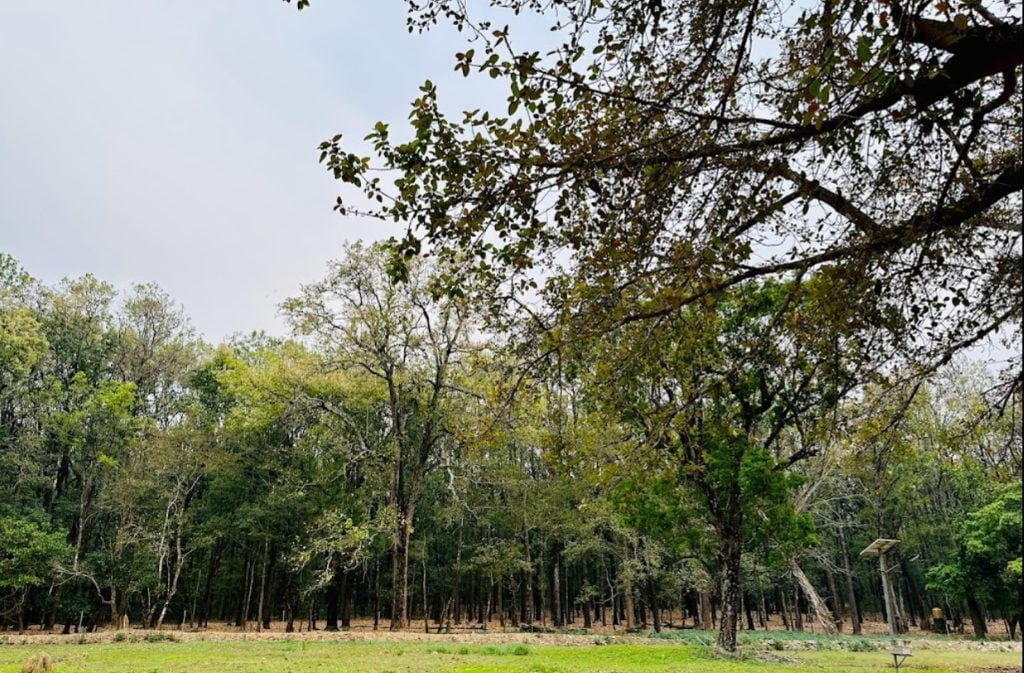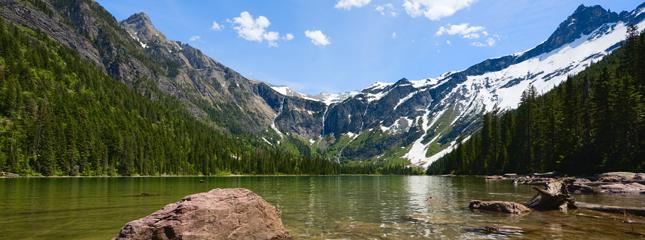National Parks of India: a Guide for Tourists
The natural beauty of India fascinates with its diversity. Therefore, a number of National Parks have been created in the country to protect natural landscapes. Also, these are places of great rest for tourists who want to see the unique beauties of nature.
If you want to get to India as quickly as possible from almost anywhere in the world, you should usually fly. Flying is the fastest and most common way to get to this culturally rich country from other countries. “Today, Air India, the country’s main airline, started a major change that will make the whole experience better for passengers. The airline is in the process of improving its fleet by adding newer, more fuel-efficient planes that will make the flights more comfortable and safer.” – writes TravelWise.
In what ways are India’s national parks different?
The national parks in India are not only stunningly beautiful, but they are also thriving environments that are very important for protecting biodiversity. There are snow-covered peaks in the Himalayas, lush green forests in the Western Ghats, and dry landscapes in the Thar Desert. Each park has its own climate and animals and plants that live there. This variety isn’t just in terms of geography; it’s also in terms of life. For example, the Royal Bengal Tiger, the Indian One-Horned Rhinoceros, and the Asiatic Lion live in many parks, where they are protected.
What Conservation Does for Us
India’s national parks are very important for protecting wildlife because they protect animals from growing dangers like poaching and habitat loss. They are safe places for many species and give scientists, conservationists, and policymakers useful information about how to handle wildlife and habitats. But how well do these attempts work in the real world? Some species, like Bengal tigers, are becoming more common, which shows that conservation can really change things for the better with strict protection and control.
A Boost for Nature Tourism
In addition, these parks are very important for supporting ecotourism in India. They bring in tourists from all over the world, which not only helps raise knowledge about conservation efforts but also makes a big difference in the local economies. But what can people really look forward to when they visit these parks?
The best Indian national parks and what they have to offer
India has more than 100 national parks, and each one is different. So that you can plan your trip better, here are a few ideas:
The Jim Corbett National Park is in Uttarakhand
The Jim Corbett National Park photo from Himanshu Shukla
Start date: 1936
Tigers, leopards, and beautiful scenery make this place famous.
Jim Corbett is India’s oldest national park, so it has a lot of history and a lot of different kinds of plants and animals. It is one of the best places to see tigers because it is in the slopes of the Himalayas. The park has more than 650 kinds of birds, making it a great place to watch birds.
The Kaziranga National Park in Assam
Started in 1908
One-horned rhinoceros is what it’s known for
The beautiful and rare Indian one-horned rhinoceros is linked to Kaziranga. This UNESCO World Heritage site is also an important place for elephants, bears, and many kinds of water birds to live.
The Sundarbans National Park is in West Bengal
Start date: 1984
Royal Bengal Tigers and mangrove forests make this place famous.
The Sundarbans are famous for their unique mangrove forests, which are some of the world’s biggest of their kind. The park is a mysterious maze of mudflats, small islands, and tidal waterways. It has one of the most exciting wildlife treks in India.
National Park Ranthambore in Rajasthan
Beginning: 1980
Tigers and old buildings make this place famous.
In the royal state of Rajasthan, Ranthambore is not only a wildlife sanctuary but also a historical site with beautiful ruins all over the landscape. Some of the best chances to see tigers in India are in this park.
The Madhya Pradesh Bandhavgarh National Park
Start date: 1968
Known for: Having a lot of Bengal tigers
Bandhavgarh National Park is home to more tigers than any other park in India. This park is also historically important because it has caves and buildings from long ago. It’s a great place for people who are interested in both animals and history.
When is the best time to plan your trip?
Most of the time, October through April is the best time to visit these parks because the weather is nicer and you can see more wildlife. When it rains a lot during the rainy season, many parks may be closed in whole or in part.
Things to Bring
It is important to bring glasses, a good camera with a zoom lens, and a lot of memory cards or film with you when you go to any of these national parks. Also, make sure to wear layers of easy clothes in neutral colors that go with the scene. The most important thing is to remember to be kind and patient with animals and nature.
In conclusion
Indian national parks are more than just fun places to visit. They’re also places where you can feel the heart of the earth. It’s simple to remember how lovely the world was back then in these parks. Some of them make us think about how we interact with nature and what we can do to keep it safe. No matter how many times you’ve been, India’s national parks are a great way to learn about the world and be amazed. Prepare for your trip right away and find out what all the fuss is about. Isn’t it time to see the wild side of India?





